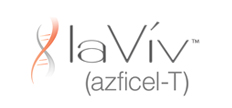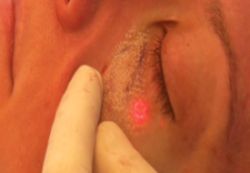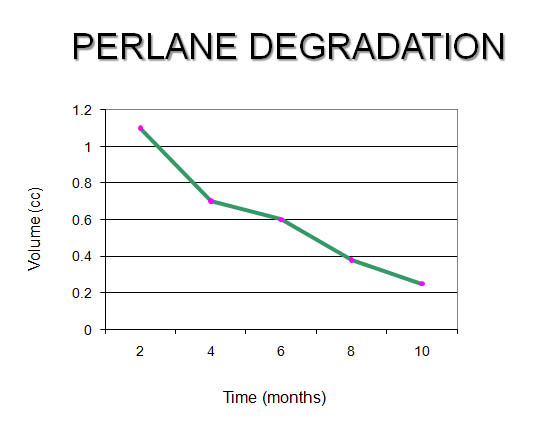 Watch here for everything you wanted to know about surgical and non-surgical cosmetic medicine including eyelid surgery, botox, varicose & spider vein treatment!
Watch here for everything you wanted to know about surgical and non-surgical cosmetic medicine including eyelid surgery, botox, varicose & spider vein treatment!
Entries in Perlane (4)
Non-surgical rhinoplasty - how it works

Non-surgical nose shaping generally refers to filler injections that reshape the nose. Fillers add volume underneath the skin and are most commonly used to treat wrinkles, but can also be used to inflate the lips or to change the appearance of the nose.
Fillers to the nose can not actually make the nose smaller, but they can make the nose appear more narrow in cases where there is a flat bridge. Fillers are also useful in certain cases to disguise a hump by filling around the hump, making it less obvious. Irregularities or asymmetries after previous surgical rhinoplasty can also often be improved with non-surgical fillers.
There are several options when it comes to fillers that are used for nose shaping. The most popular are made of gel consisting of hyaluronic acid, a substance that is naturally found in our skin. These usually last about a year when injected around the nose, and they are fully reversible and non-permanent. Restylane, Perlane, and Juvederm are all hyaluronic acid gel fillers and are the most frequently used dermal fillers in our cosmetic practice here in Michigan. Other fillers including Artefill and Radiesse have also been used as non-surgical nose shaping methods.
The treatment usually takes about 15 minutes and there is often zero downtime. To see if you are a candidate, call us for a free consultation. You can read more about non-surgical nose shaping on our website, here.
Natural filler uses your own skin cells
 LaViv is a new facial filler that uses a small amount of your own skin cells to grow a natural filler material in a laboratory. The substance grown from your own cells is then injected to reduce wrinkles in the skin. It has been reported to last approximately 6 months. The main feature of LaViv is the manner in which it is created from your own body, reducing any chance of an adverse reaction.
LaViv is a new facial filler that uses a small amount of your own skin cells to grow a natural filler material in a laboratory. The substance grown from your own cells is then injected to reduce wrinkles in the skin. It has been reported to last approximately 6 months. The main feature of LaViv is the manner in which it is created from your own body, reducing any chance of an adverse reaction.
RealSelf describes the filler on their site, with a reference to one of Dr. Kotlus' patients who underwent Perlane treatment for nasolabial and marionette lines: http://www.realself.com/blog/laviv-own-skin-repair-wrinkles
The tear trough

In this month's Plastic Surgery Practice Magazine, Dr. Kotlus defines the "tear trough", a groove under the eyes that appears as a dark circle. He approaches the tear trough with a combination of therapies, laser resurfacing (seen above), injectable fillers, and possible eyelid lifting surgery. Because everyone has different anatomy, a customized treatment plan is needed in most cases.
Fillers for the tear trough are most commonly composed of hyaluronic acid, a soft gel. When used under the eyelid, the results can last longer than a year. There may be limited swelling or bruising after the procedure, but downtime is often minimal.
Laser resurfacing can have downtime lasting for days, but the outstanding improvement in fine lines and skin texture are often worth the recovery investment.
How long do wrinkle fillers last?
Dermal fillers have been growing in popularity in recent years because they effectively soften wrinkles and replace volume lost from aging in a safe and reliable manner. The most popular fillers are made from hyaluronic acid, a substance naturally found in the skin. Once a treatment is administered, the filler is gradually broken down by enzymes in the body, over a period of months. How many months? This can vary depending on the specific filler used. The most widespread hyaluronic acid (HA) fillers include Restylane, Perlane, and Juvederm. Each has its own special qualities.
Dr. Kotlus recently presented his research on filler longevity at national medical meetings. He used the the Vectra 3-D imaging system (also used for cosmetic surgery simulations) and he monitored the volume of filler (Perlane) in the months after administration. Perlane was still creating a volume effect 10 months after the initial treatment. But during this time, the filler was being broken down in a linear fashion:

So Perlane, which can restore youthfulness by creating fullness, can last for 10 months. Repeat treatment before the filler is gone, possibly at 6-8 months after the initial treatment, can help to sustain the effects for much longer.



